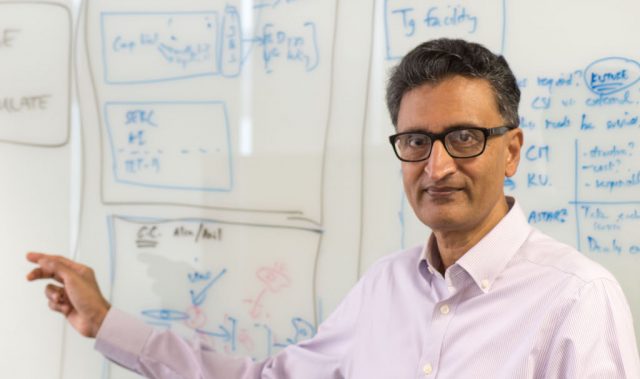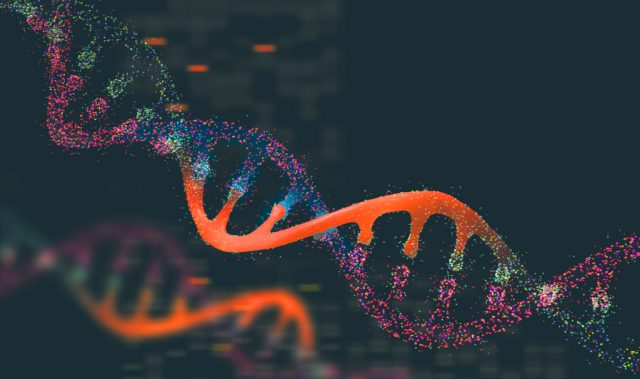
Bruno Reversade
Senior Principle Investigator
Institute of Medical Biology (IMB)
Agency for Science, Technology and Research (A*STAR)
AsianScientist (Oct. 29, 2015) – Although he had always been fascinated with the beauty of the developing embryo, it was seeing a picture of a headless mouse on the cover of Nature that crystallized Dr. Bruno Reversade’s research focus on developmental genetics.
Since then, he has delved into the genetic basis of twinning and rare diseases. In particular, Dr. Reversade has published landmark papers that provide an explanation for how embryonic homeostasis is maintained and how, from one egg, identical twins can be produced. His current research involves rare human pedigrees which suggest that the birth of monoclonal humans (identical twins) may be genetically-triggered.
Based in Singapore at the Agency for Science, Technology and Research’s (A*STAR) Institute of Medical Biology (IMB) since 2008, Dr. Reversade was promoted to Senior Principal Investigator in 2012. That same year, he became the first scientist based outside of the European Union to win the European Molecular Biology Organization (EMBO) Young Investigatorship Award.
What made you switch from embryogenesis to twinning and now rare diseases?
Actually it’s all a spectrum; it’s the same paradigm. I started the last year in Singapore on twinning, which is also inherited. It was from a very rare family in the Middle East, which had inherited identical twinning. We started with it, mapped it and found a gene for it.
This is a developmental disorder, a disorder of embryo genesis in utero. From there, we expanded our research to essentially any type of disease, or it may not need to be a disease or trait like twinning, which is inherited. So it’s a continuum.
What is your most significant discovery to date?
We discovered a new hormone, which we called ELABELA. Essentially, we’ve discovered a new hormone like you would have discovered insulin maybe 50 years back. These are very small proteins which have very wide-spread functions. In our research, we removed the gene in zebrafish and mice, showing that without it, there’s no heart formation.
The paper which we published in 2013/2014 is the most talked about paper in the history of Developmental Cell, the journal we published in. There’s about two or three papers a month now talking about it. We’ve essentially set up a new field of research.
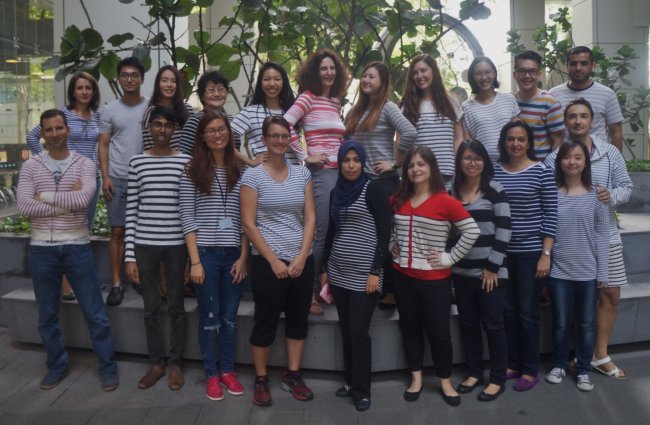
Could you give some examples of how your research can benefit those who suffer from rare genetic conditions?
An example which was mentioned recently in the news, we had a young girl at KK Women’s and Children’s Hospital (KKH) who had a very bizarre set of phenotypes. She was completely immunocompromised from birth and could not perspire. We did an immediate exome sequencing on her and her parents and we found the mutant causative gene.
It allowed us to give a diagnosis; it was actually a known and very rare disease–anhidrotic ectodermal dysplasia with immune deficiency. Based on this diagnosis, the clinicians chose that she should go for a bone marrow transplant. Because it’s a disease affecting the blood lineage, we essentially replaced her entire immune system and now she will actually survive. If we had not done that, she would not have survived.
This is really the core of the lab–we start from very unusual, very rare and very powerful diseases. To put this in context: if you think of a trait, you will have a bell curve. We as a common population–we’re in the middle. If you take the extreme outliers, both from the left and right side, you have the rare genetic diseases–they give the boundaries.
Take for example aging, which is a very common phenotype. We all age, but it’s a very complex phenomenon. So if you want to understand aging, you are better off by looking at those very few people which seem not to age, or age very slowly.
On the other end of the spectrum, you could look at people who excessively or prematurely age. So you look at progeria, which is excessive aging, or a few cases of people that live very long or do not seem to age that fast. So this is what we’re looking at–we’re looking at the extremes to understand the common, which is in the middle.
How soon will it be before we can see the clinical applications of your research?
We do already see some of them. Our discoveries benefit the patient right away because you have to understand that we are dealing with very rare and unique diseases, for which there is no diagnosis.
As soon as we take on those rare genetic diseases, we will reach a genetic diagnosis; we will know what the causal gene is.
The immediate benefit is that we are able to do pre-marital counselling because we’re dealing with families which tend to marry within their own areas or families. We can tell them that they both carry this mutation and there is a chance that their children will have the disease.
And in the long run, we have started to go into therapies for certain of the diseases that we’ve actually discovered. As you know, this can take a long time. Our general paradigm is that we want to understand the rare diseases to inform about the common.
We switch from one to the other; by understanding ‘rare,’ we get insights to the ‘common.’ At the moment, we are developing a drug inhibitor for that particular enzyme to treat hepatocellular carcinoma, the most common type of liver cancer.
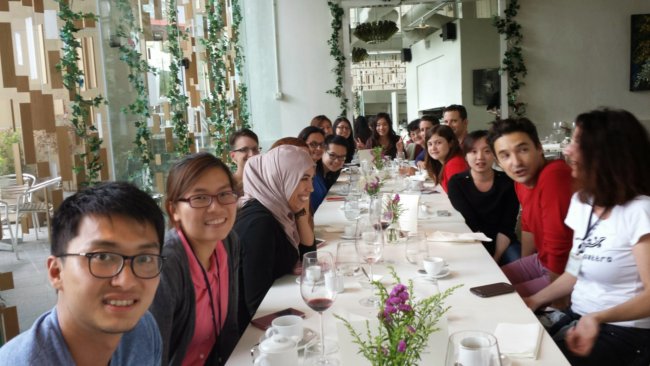
What are some of the interesting situations you have encountered while out in the field collecting samples?
In general, all the patients that I see are seeking help and are in a situation where the medical community cannot help them. They are always very helpful, doing their best for us to help them–it’s a pleasant situation to be in when you’re a clinician or researcher. I do have a very profound relationship with those patients and I follow them over the years.
Interesting situations you say? Well, there was time was when I was in India looking for twins. I remember going into a village, quite a remote one with little access to current medical practice. It had a very unusual rate of identical twinning and I remember being surprised when the chief of the village told us that they had always chosen that the first of the twin pair would get the mother’s milk and the other one would get powdered milk.
I could not really rationalize this because every mother has two mammary glands so biologically it’s absolutely possible to breastfeed both. But it’s a custom that they have which really struck me as not to the benefit of the second twin because a lot of those identical twins had actually died. There was only one that we could study. So here’s an example of how human customs can really change the outcomes of what could be a natural phenomenon.
How would you say that the research culture in Singapore or Asia in general differs from that of the West?
I can only speak of Singapore because I do not have experience in other countries in Southeast Asia. I have no regrets whatsoever of having joined Singapore and there is a vision that I’m happy to put into action. When I was recruited, essentially it was not about the project that I proposed, it was about the person that I am. I was assured that my institute was investing in me as a person and not a project.
I think that is very rewarding and gives us a lot of maneuvering and leeway to do ground-breaking research. So I’m very pleased and grateful for the opportunity and the amount of liberty that A*STAR has given me and I think I’ve tried to always make sure that I reflect well on the amount of funding we have here.
Do you think that research is more competitive or commercialized in Singapore?
I think that Singapore is eager to have an immediate return on an investment. Is it short-sighted? It could be, in certain aspects, because basic science is really fueling the rest of the research.
I think there is one example that no one can deny–the discovery of CRIPSR-Cas9. I do not know if Singapore would have funded this type of research. It was on the immune response on bacteria–very far from translational and clinical research. And yet, it is probably the biggest discovery of the 21st century; it’s going to be so widespread in its application.
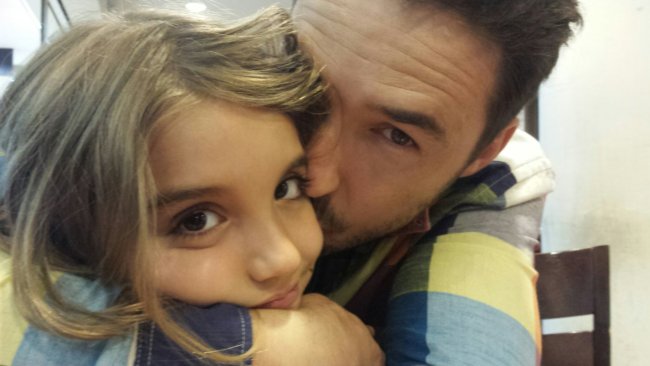
What breakthrough would you like to see in the next ten years?
There’s something I want to do and I don’t know how easy it will be. We’ve been focusing on detrimental phenotypes, or essentially diseases. You have those genetic mutations which will essentially cause deleterious outcomes and those are very easy to catch because patients go to consult when they have a problem.
But equally and statistically, there will be favorable mutations at the other end of the spectrum, and these are very much harder to catch because they might actually confer a gain or a trait which is giving them an advantage. But it is very difficult for me to see where I’m going to get those patients.
So I’m trying to think along these lines: How will I be able to find those rare families which are segregating better traits than the common population? I found such a family which has this amazing shortened requirement for sleep–they only sleep for four hours a night. We in the general population need about seven to nine hours or for some, 12 hours.
This particular family only needs four, which means they are able to do much more in a given day. They are actually overachievers–you can see from how much they do. So here’s an example that has immediate applications and implications of very rare genes, very special traits, that exist in the human population and that we should go after.
This article is from a monthly series called Asia’s Scientific Trailblazers. Click here to read other articles in the series.
———-
Copyright: Asian Scientist Magazine; Photo: Bruno Reversade/IMB.
Disclaimer: This article does not necessarily reflect the views of AsianScientist or its staff.





